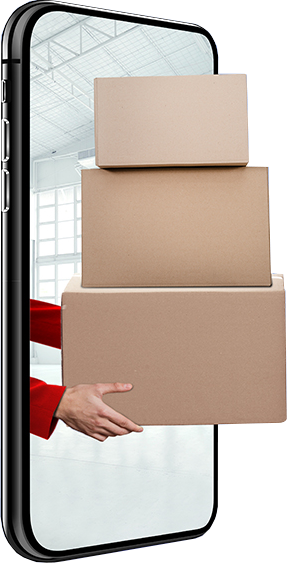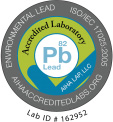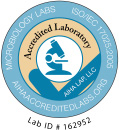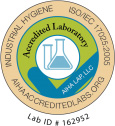
Best States for Air and Water Quality
As we become more aware of the effects of environmental pollution on the water and the atmosphere, many are striving to move to locations where there is cleaner air and ...

5 Indoor Air Quality Facts & Statistics
Indoor air quality refers to the quality and content of the air where we spend a majority of our time, like at home, work, school, office buildings, etc. Places where ...
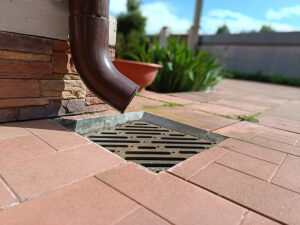
Common Sources of Lead and Where it Is Found
Lead was a common building material that was widely used until the 1970s when certain critical health factors came to light. Lead is a naturally occurring element found in the ...
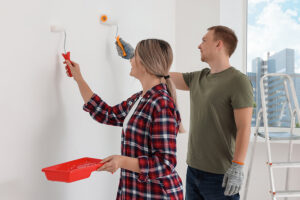
Common Household Items with Heavy Metals
The topic of heavy metals in household items has many individuals concerned for their safety. In order to understand the health effects of heavy metals, we first have to understand ...
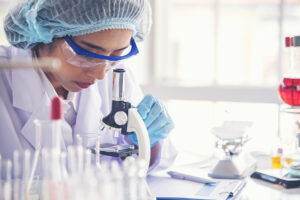
Advancements in Forensic Testing and Their Impact
Forensics is a broad word, encompassing a variety of scientific subjects culminating in providing clear and specific evidence for a singular purpose. Environmental forensics allows scientists to test various areas ...




